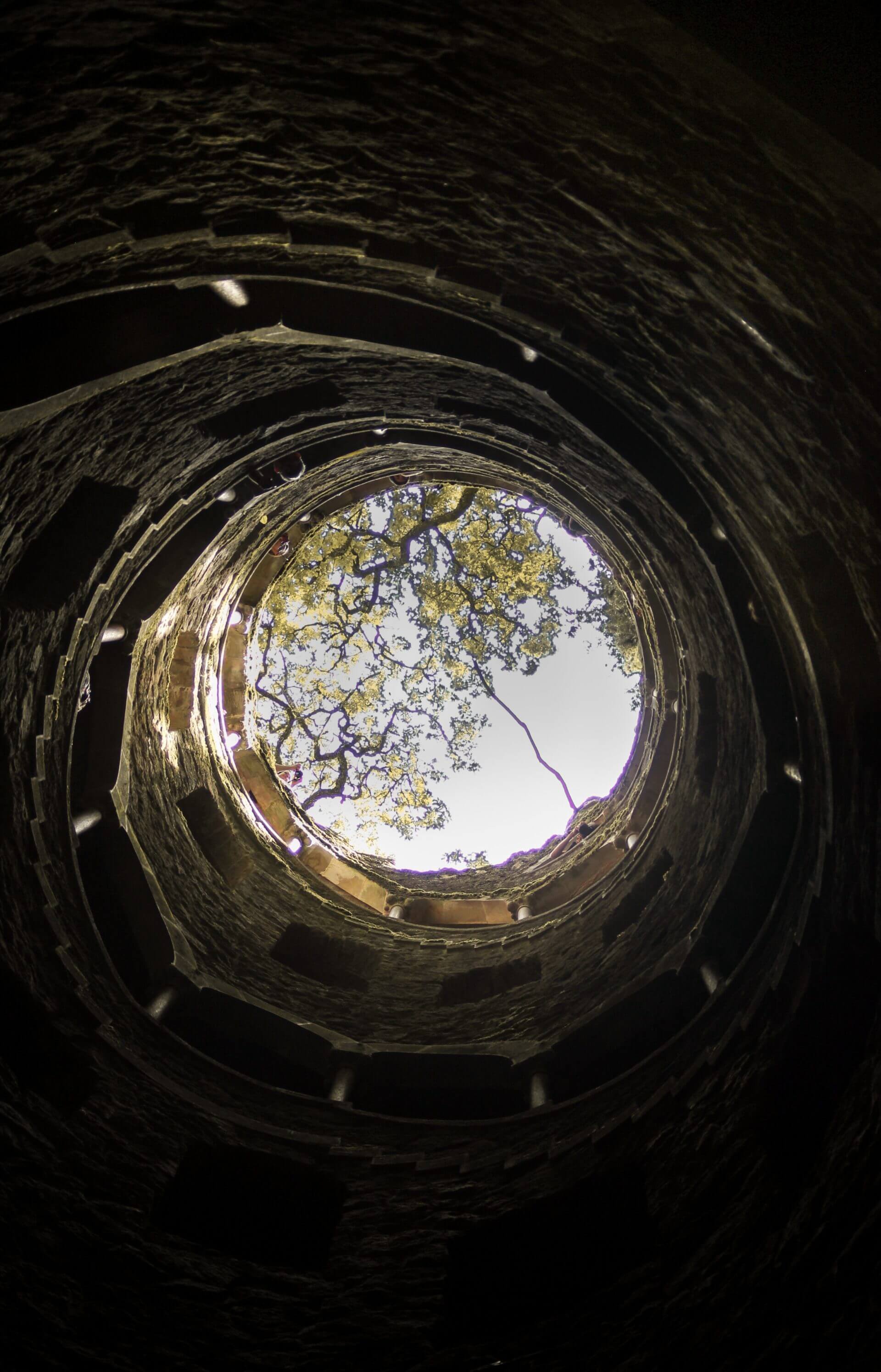‘It’s Like Studying Alternative Realities’
 According to the U.S. Centers for Disease Control and Prevention, much of the water we use is sourced below the ground, with about 145 million Americans getting their tap water from a groundwater source. However, groundwater, which is found underneath the surface in spaces between rock and soil, can become contaminated with pathogens and harmful chemicals.
According to the U.S. Centers for Disease Control and Prevention, much of the water we use is sourced below the ground, with about 145 million Americans getting their tap water from a groundwater source. However, groundwater, which is found underneath the surface in spaces between rock and soil, can become contaminated with pathogens and harmful chemicals.
USC Viterbi researchers including Felipe de Barros, associate professor of civil and environmental engineering, have developed a variety of mathematical models to help assess how emerging contaminants disperse, dissolve and ultimately affect water quality and the resilience of aquifers. Such physics-driven mathematical models are needed given the limited information available. These limitations in data are due to the high costs associated with characterizing aquifers.
“The below-ground environment is very complex and challenging to track because we cannot see it,” de Barros said. “We don’t have detailed information on how deep the contaminants are, how far out they are spread, where they are coming from, what other contaminants they have mixed with or how the geological properties change over a certain area.”
Using risk analysis together with a deep understanding of the physical processes involved, de Barros and his colleagues are working on computationally cheap analytical models that can help predict how contaminants behave under different water flow scenarios based on variables in the subsurface environment. By identifying the relationships between different geological parameters — say, how porous the rocks below ground are — the models can predict how a contaminant might dilute and spread, de Barros explained. This information could help apprise public health advisories of a chemical spill, for instance, and help municipal water authorities decide whether to temporarily suspend or continue use of water from a certain source, like a well.

“This modeling can help with questions like, ‘Should I invest more money in public health or in characterizing the geological site? Should I shut down the well — which is very costly — or bring in tap water from another location, or buy bottled water, or is there reasonable knowledge that the water can still be used, once treated?’” de Barros said.
“It’s like studying alternative realities — like in a comic book universe,” de Barros added. “If you can understand what happens with each different scenario, you can better predict outcomes in real time.”
Water to Well
Consider the Central Coast of California, where one of the largest aquifer systems lines a 2,000-mile valley. Sand and gravel beds contribute to different characteristics of the underground and surface terrain, affecting how groundwater moves.
Now imagine that bisphenol A, or BPA, an industrial chemical, has leaked into the groundwater supply. What happens? Below are several scenarios based on the models developed by Felipe de Barros and his team at USC Viterbi.
Scenario 1: A heterogeneous aquifer, wherein the underground environment is relatively variable and inconsistent.
Because the aquifer is made up of so many different types of geological materials, BPA will disperse. By the time the contaminated water makes it to the next city over, the BPA concentration will be much lower because it has been split into so many subsequent streams or flows. While this is good news for potability, it also means that some level of BPA might remain because its residence time in the subsurface environment will be longer and thus show up for a longer period, albeit in lower concentrations.
Scenario 2: A homogenous aquifer, wherein the below-ground terrain is consistent and uniform, e.g., smooth soil.
The BPA will likely remain at a high concentration even when it reaches the city well, introducing a harmful level of the chemical into the water supply for the general population. However, the BPA levels will also fall faster, meaning they are less likely to linger for a long period at an environmentally sensitive location. In this scenario, groundwater supply would probably be suspended from this source for a while to ensure its safety.
Scenario 3: An open graveled aquifer, which allows water to pass through easily.
Water passing through gravel will reach the city well quickly, meaning that public officials will need to react quickly after the BPA contamination is reported. At the same time, it should move through quickly, as well, dissipating at an equally quick pace, as uncontaminated water flows through the aquifer to replace it.
Scenario 4: A low permeable geological material that has no cracks or breaks, which makes it more difficult for water to flow through it.
If a BPA contamination is reported in this case, it might take a while to show up at the city well, giving public officials more time to respond. However, it also means that once the water is contaminated in the well, the water source could remain contaminated for a longer period as the slow water flow means that it will take a longer time to flush the BPA from the system.



